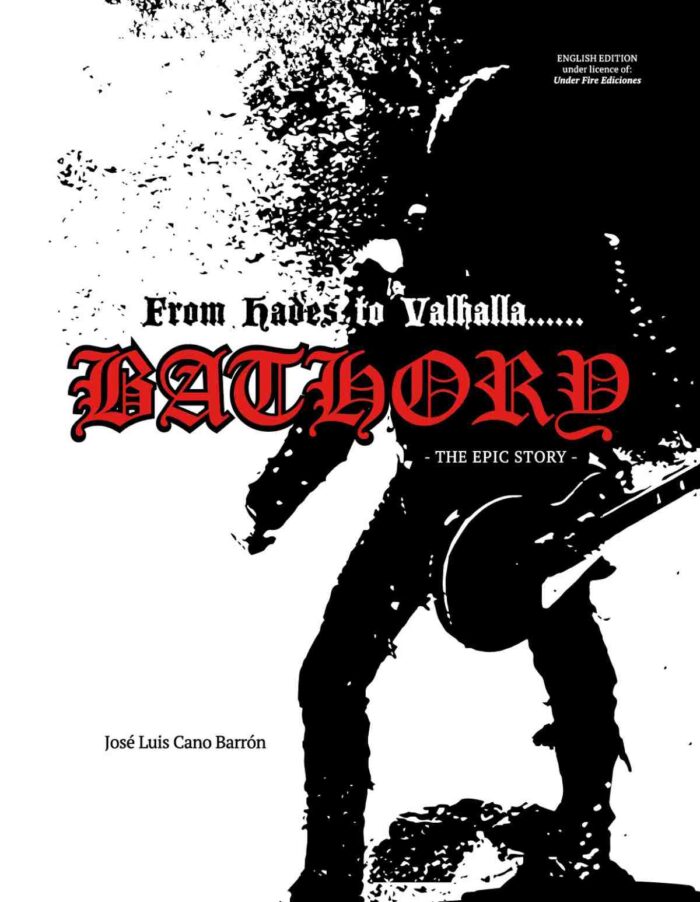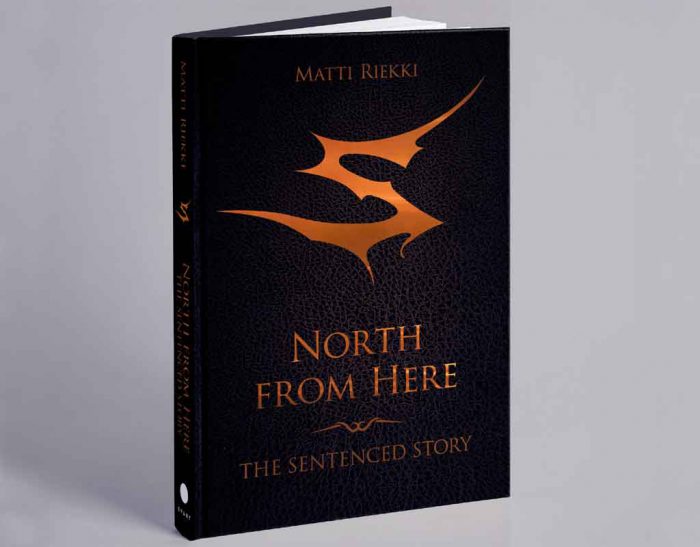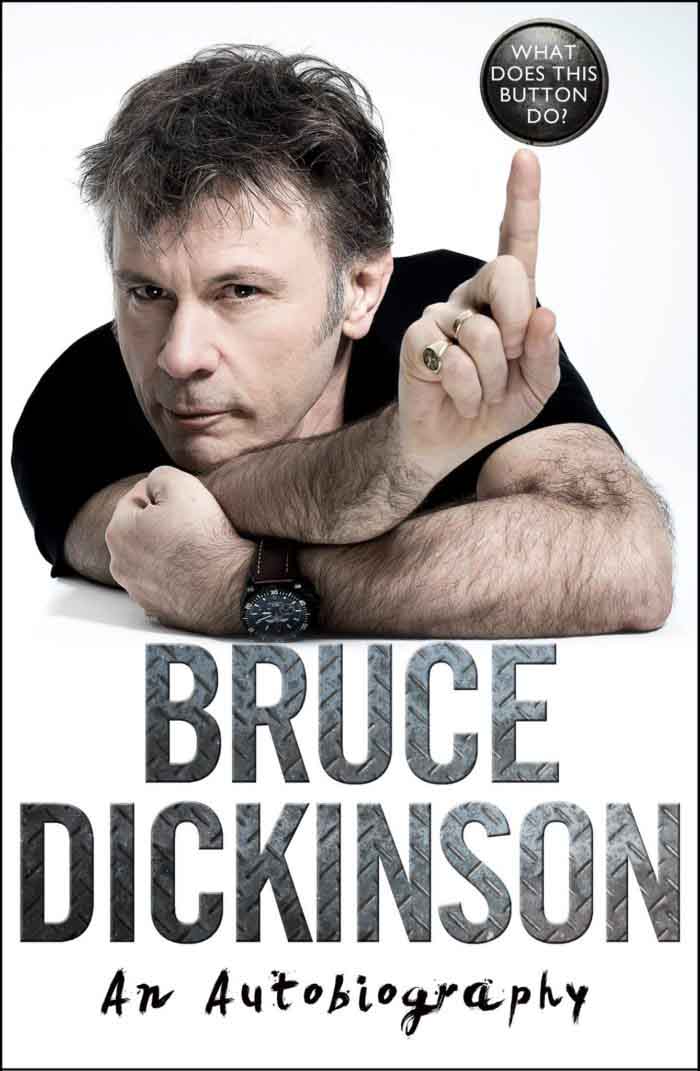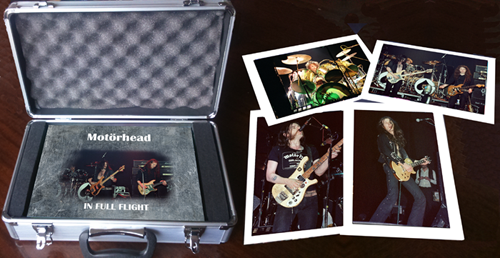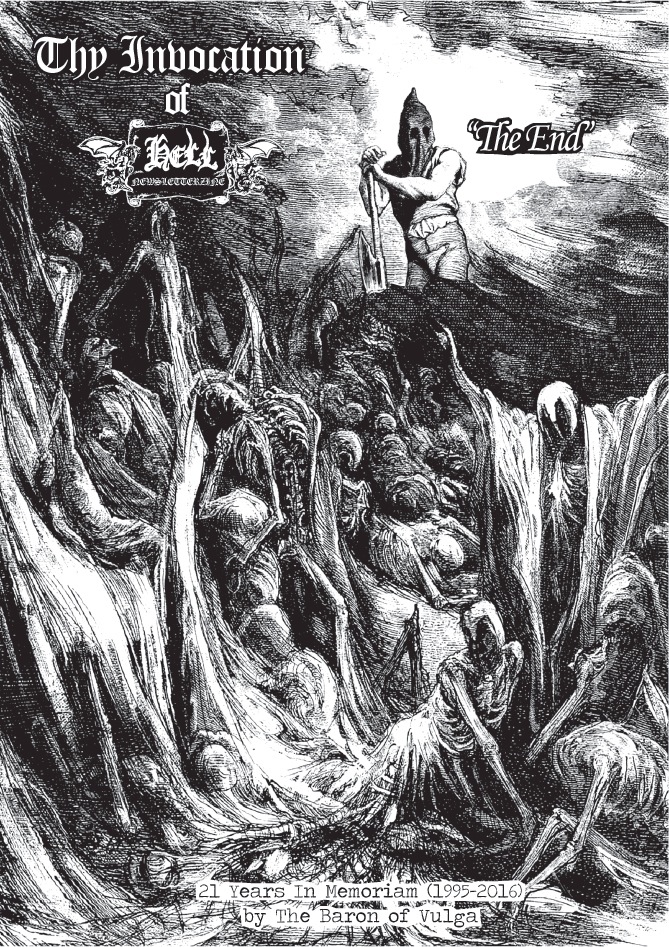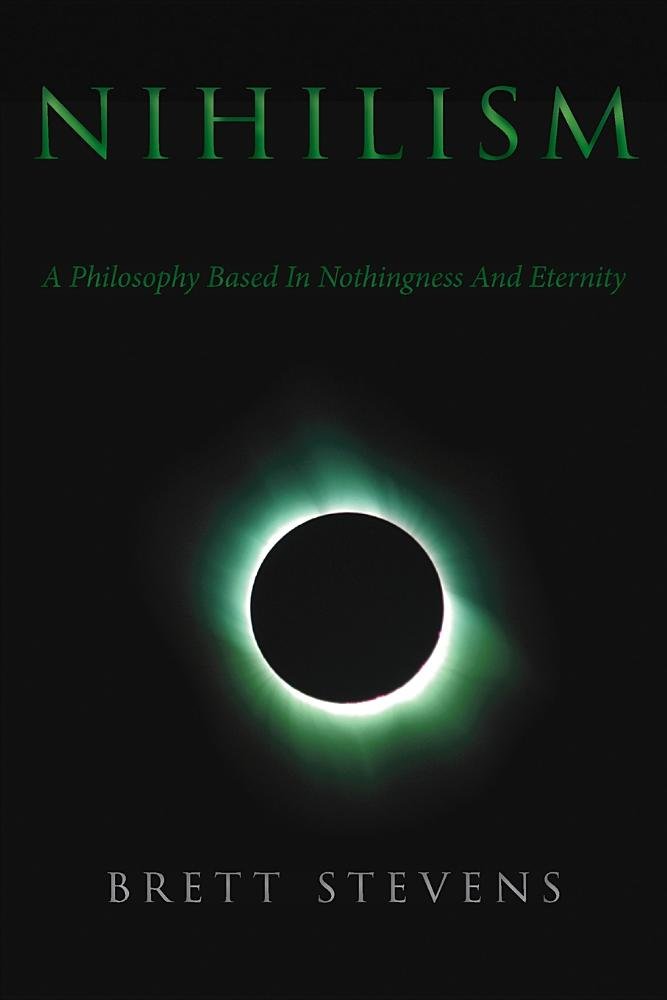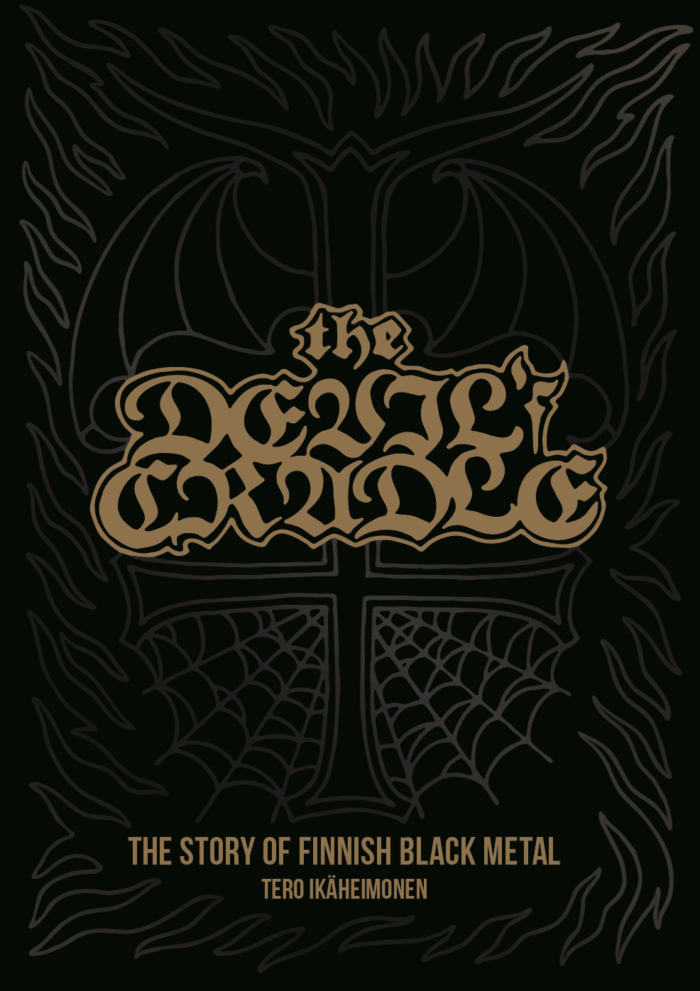
The English translation of Tero Ikäheimonen’s comprehensive Finnish black metal book, Pirunkehto – Suomalaisen black metallin tarina, is coming out September 15th on Svart Records with the English title The Devil’s Cradle. The book features interviews and career retrospectives of Beherit, Impaled Nazarene, and a bunch of other bands who do not count and have no reason to be in the same book as they suck and play crossover thrash with high-gain guitar pedals and RAC/oi themed pop-punk . These modern black ‘n’ roll bands aren’t even from the same era; they are just poseurs.
(more…)
31 CommentsTags: archgoat, beer metal, beherit, black 'n roll, Black Metal, book, cosmic church, Finland, Finnish Black Metal, goatmoon, Grindcore, horna, impaled nazarene, metal books, pop punk, poser metal, posers, poseurs, RAC, rac/oi, ride for revenge, satanic warmaster, svart, svart records, tero ikäheimonen, upcoming release
